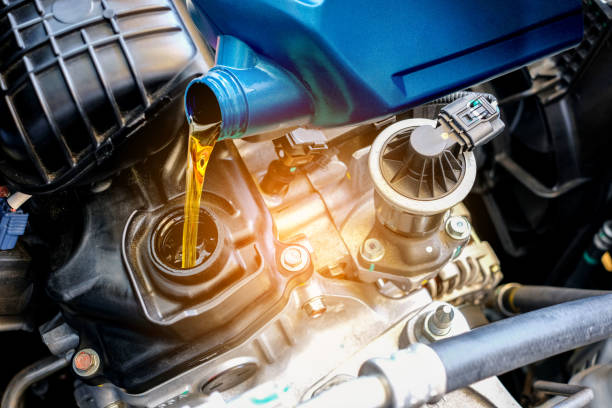0,00 €
WINDSCREEN FUNCTION AND REPLACEMENT COST
The first automobiles did not have any glass at all before it was decided to at least offer the passengers a dry rear compartment. Later, regular window glass was used, which had no curves and turned out to be dangerous in the event of an accident. For this reason, laminated safety glass was developed, but it proved too expensive to manufacture and was initially replaced by safety glass. Single-pane safety glass is tempered either by its curvature or by thermal treatment. The tension causes the pane not to easily crack when force is applied, but to splinter and break into small pieces. These glass splinters are still sharp and can cause injuries, but due to their size, serious, life-threatening cuts were prevented. Single-pane safety glass is still used today, but only on the side windows and the rear window. The front windows are always made of laminated safety glass.
Windscreen function
The windscreen is called this because it keeps the airflow away from the vehicle’s occupants. However, its protective function goes even further, because together with the rest of the glass, it keeps out rain and snow as well as dust and insects. In modern vehicles, it also serves to increase the car body rigidity and is therefore an integral part of the vehicle structure. The bending and angle of the windscreen also greatly influences the air resistance and the fuel consumption of the car.
Windscreen structure
The windscreen consists of at least two panes of glass bonded together by polyvinyl butyral also called laminated safety glass. The PVB film has a shatter-binding effect and is highly tear-resistant. If an accident occurs, the pane is destroyed starting from the point where the greatest force is exerted, but most of the glass particles adhere to the film. Even in severe collisions, only small, comparatively harmless glass shards are projected into the interior. Even if the film tears and larger pieces enter the interior, the shards are usually not stiff and therefore not capable of causing serious injuries through punctures and cuts. The laminated safety glass also offers a certain residual load-bearing capacity even after damage, which ESG or window glass do not offer. In addition, windscreens are also surfaces for futuristic-looking ideas, some of which can already be realised. Touch windscreens will have touch functions, and with augmented reality, the windscreens of the future will be able to provide the driver with useful and safety-relevant information.
Windscreen repair
Although the windscreen will become even more important in the future, in the present, mundane problems such as stone chips, scratches and cracks are of greater concern to the motorist. In comparison to single-pane safety glass, a windscreen made of laminated safety glass can often be repaired at a low cost if the damage is repaired quickly and is not in the field of vision. The field of vision is defined by law and can usually be determined by the area of the windscreen wiper on the driver’s side. If the crack or stone chip is in this area, the repair is not permitted. The windscreen must be replaced. Cracks in the edge area of the windscreen, damage over 2.5 cm and dirt that has penetrated the crack are also problematic. Whether a so-called SMART Repair is suitable for the damage can be determined by a specialist workshop or a repair service specialising in car glass.
Windscreen replacement
If repairing the windscreen with synthetic resin is not possible, the windscreen must be replaced. After all, a damaged windscreen not only impairs visibility but also endangers the rigidity of the car body and must be replaced. The procedure usually does not take long, but it requires special tools and a special windscreen bonding adhesive. Unlike in the past, they are no longer screwed together. This work is a matter for experts and should not be done in the garage at home. If the damage is minor, and the problem lies outside the field of vision, however, you can carry out the repair yourself with an appropriate repair kit and car windscreen removal tools. Our recommendation is to consult a specialist first for all cracks, scratches, and stone chips and also to leave the repair to the expert in order to obtain a satisfying result.
Windscreen replacement cost
Replacement prices start at approximately £150. The cost can increase, however, depending on the vehicle. A large part of these costs is for the windscreen itself and the necessary installation material. The actual amount of work, on the other hand, is manageable, as the process usually takes no longer than an hour. Additional features such as built-in rain sensors or heating can drive up the cost of replacing the windscreen. Assistance systems such as lane change warning systems can also have an influence on the price. Therefore, it is always a good idea to get several windscreen replacement quotes and compare labour costs and car windscreen prices.
Posts Widget
Auto Spare Parts
Autospares.store is a reputable online store for car parts with vast experience serving thousands of satisfied customers. We provide exceptional services that deliver excellent value for money.










